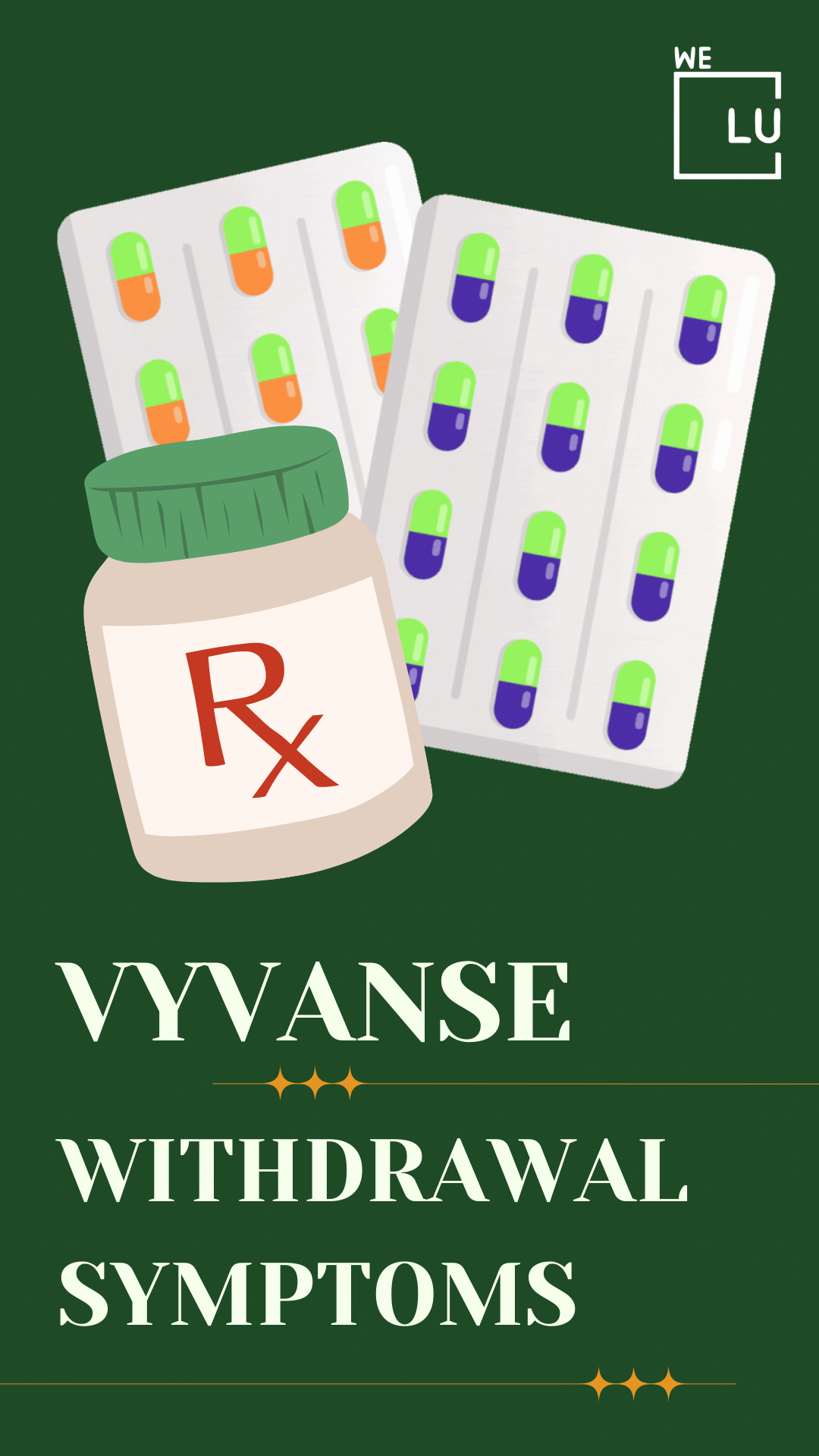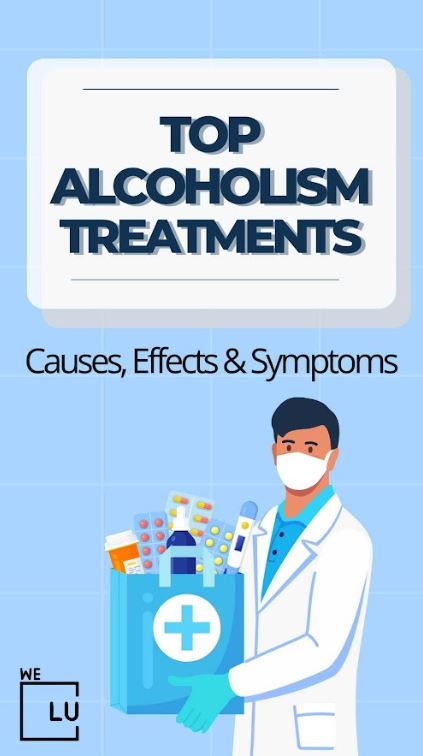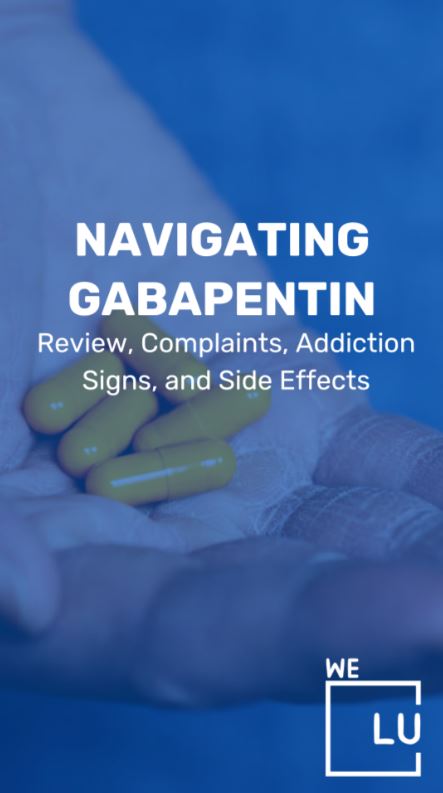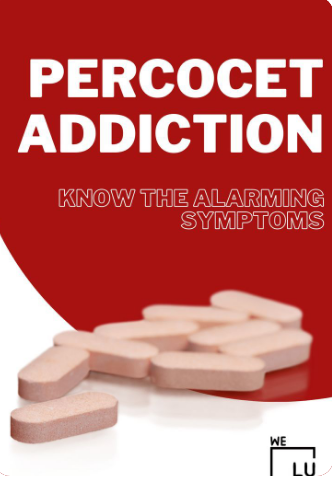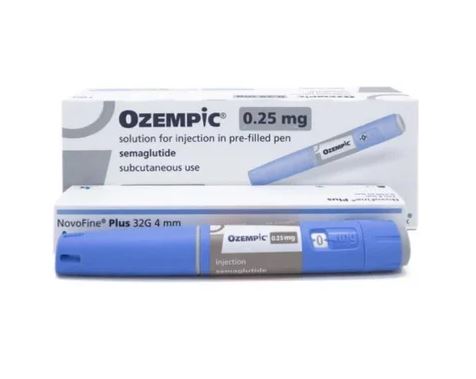What Is Opioid Addiction?
Opioid addiction is a chronic (long-lasting) disease that can cause major health, economic and social problems. Opioids are a class of drugs that act in the nervous system to produce feelings of pain relief and pleasure. Some opioids are legally prescribed by healthcare providers to manage chronic and severe pain.
Many prescription opioids are misused or diverted to others. Individuals who become addicted may prioritize getting and using these Opioid addiction drugs over other activities in their lives, often negatively impacting their professional and personal relationships. It is unknown why some people are more likely to become addicted than others.
According to the National Institute of Health (NIH) [1], opioids change the chemistry of the brain and lead to drug tolerance, which means that over time the dose needs to be increased to achieve the same effect. Taking opioids over a long period of time produces dependence, such that when people stop taking the drug, they have physical and psychological symptoms of withdrawal (such as muscle cramping, diarrhea, and anxiety).
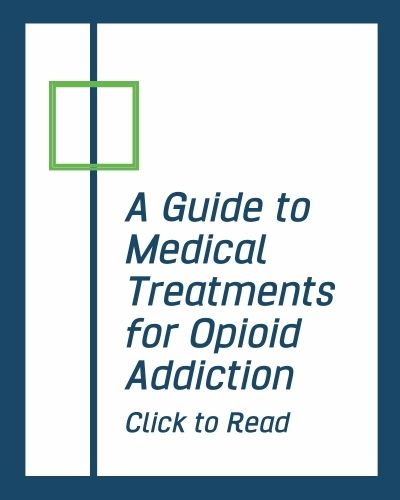
Commonly prescribed opioids include:
- Fentanyl
- Oxycodone
- Methadone
- Buprenorphine
- Oxymorphone
- Codeine
- Hydrocodone
- Morphine
Some other opioids, such as heroin, are illegal drugs of abuse.
Opioid addiction is characterized by a powerful, compulsive urge to use opioid drugs, even when they are no longer required medically. Opioids have a high potential for causing addiction in some people, even when the medications are prescribed appropriately and taken as directed.
What is Opioid Dependence?
Dependence is not the same thing as addiction; although everyone who takes opioids for an extended period will become dependent, only a small percentage also experience the compulsive, continuing need for the drug that characterizes addiction.
Opioid addiction can cause life-threatening health problems, including the risk of overdose. Opioid overdose occurs when high doses of opioids cause breathing to slow or stop, leading to unconsciousness and death if the overdose is not treated immediately. Both legal and illegal opioids carry a risk of overdose if a person takes too much of the drug, or if opioids are combined with other drugs (particularly tranquilizers called benzodiazepines).
Opioid Addiction Statistics
Opioid use disorder and opioid addiction remain at epidemic levels in the US and worldwide. According to the National Center for Biotechnology Information (NCBI) [2], three million US citizens and 16 million individuals worldwide have had or currently suffer from opioid addiction. In addition, more than 500,000 in the United States are dependent on heroin. In 2017, opioid overdose was declared a national emergency in the United States.
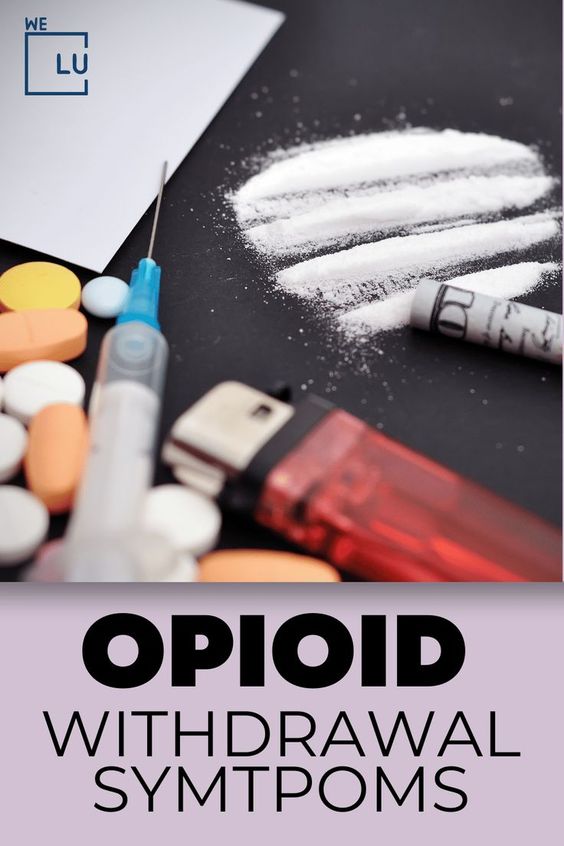
Skip To:
Learn more:
- Adderall Addiction Treatment
- Opiate Addiction Treatment
- Psychoactive Drugs
- Fentanyl Addiction Treatment
- Hydrocodone vs Oxycodone
- What Is Methadone?
- Buprenorphine Detox
- Morphine Detox, Withdrawal Symptoms & Addiction Treatment
- How Long Does Heroin Stay in Your System? Timeline & Detox Treatment
- Fentanyl Overdose
The increase in opioid addiction can be partially attributed to overprescribing of opioid medications. Four million people admit to the nonmedical use of prescription opioids. Perhaps more concerning, 400,000 people had used heroin in the past month based on data from 2015 through 2016. Roughly 80% of new heroin users in the United States report pills as their initiation to opioid use and subsequent opioid addiction.

Get Your Life Back
Find Hope & Recovery. Get Safe Comfortable Detox, Addiction Rehab & Mental Health Dual Diagnosis High-Quality Care at the We Level Up Treatment Centers Network.
Hotline (877) 378-4154Signs Of Opioid Addiction & Symptoms of Opioid Addiction.
Opioid addiction symptoms of disorders, including substance use disorders, can be physical, psychological, or behavioral. In many cases, it can be difficult to ascertain whether someone is struggling with Opioid addiction signs. Potential warning signs of opioid addiction & symptoms opioid addiction include:
Physical Signs Of Opioid
- Loss of coordination
- Shallow or slow breathing rate
- Intense nausea or vomiting
- Constipation
- Slurred speech
- Drowsiness
- Shaking
- Sweating
Psychological And Behavioral Signs Of Opioid
- Depression
- Anxiety attacks
- Irritability
- Drastic mood swings
- Lowered motivation
- Poor decision making
- Abandoning responsibilities
- Financial hardship
- Changes in sleeping patterns
- Spending less time with family and loved ones
Get Help. Get Better. Get Your Life Back.
Searching for Accredited Drug & Alcohol Rehab Centers Near You? Or Mental Health Support?
Even if you have failed previously, relapsed, or are in a difficult crisis, we stand ready to support you. Our trusted behavioral health specialists will not give up on you. Call us when you feel ready or want someone to speak to about therapy alternatives to change your life. Even if we cannot assist you, we will lead you wherever you can get support. There is no obligation. Call our hotline today.
FREE Addiction Hotline – Call 24/7What Causes Opioid Addiction?
Opioid drugs alter the brain by creating artificial endorphins. Besides blocking pain, these endorphins make the user feel good. Unfortunately, too much opioid use can cause the brain to rely on these artificial endorphins. Once your brain does this, it can even stop producing its own endorphins. The longer someone uses opioids, the more likely this is to happen. They also will need more opioids over time because of drug tolerance.
Drug tolerance is when the body, over time, gets used to the effects of a drug. As this happens, the person may need to take a higher dose of the drug to get the same effect. For example, when someone takes opioids over time, they need a higher dose to get the same pain relief.
If a person stops using an opioid for some time, their tolerance will fade. If they need to begin retaking it, they most likely will not need their former higher dose. That can be too much for the body to take. If they stop taking medications for Opioid addiction and then resume, talk to your doctor about dosage.
The causes of opioid addiction are complex. This condition results from a combination of environmental, genetic, and lifestyle factors, some of which have not been identified. Many of the genes that are thought to play a role in opioid addiction are involved in the endogenous opioid system, the body’s internal system regulating pain, reward, and addictive behaviors.
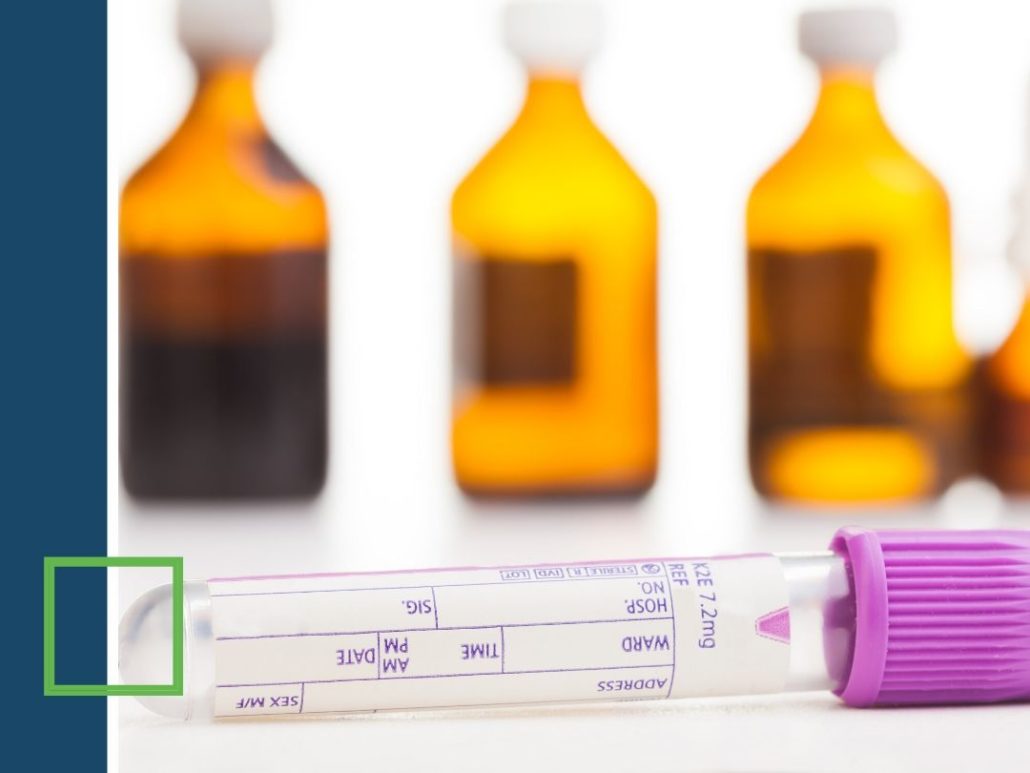
Opioid addiction is a complex disorder, and nongenetic factors also play a critical role.
Factors that have been shown to increase the risk of opioid addiction include:
- A history of substance abuse
- Depression or other psychiatric disorders
- Childhood abuse or neglect
- Certain personality traits, including impulsivity and sensation-seeking
It is likely that a combination of health, social, economic, and lifestyle factors interact with genetic factors to determine an individual’s risk.
How Is Opioid Addiction Treatment Diagnosed?
Diagnosing opioid addiction requires a thorough evaluation, which may include obtaining the results of urine drug testing and prescription drug monitoring program (PDMP) reports, when opioid addiction is suspected.
It is also important to remember that opioid addiction exists on a continuum of severity. As a result, a scale for assigning severity exists and is based on the number of criteria that have been met (mild, moderate, severe). This severity distinction has opioid addiction treatment implications.
According to the U.S. Center for Disease Control and Prevention (CDC) [3] :
- Opioid use disorder (OUD) is defined in the DSM-5 as a problematic pattern of opioid use leading to clinically significant impairment or distress
- OUD was previously classified as Opioid Abuse or Opioid Dependence in DSM-IV
- OUD has also been referred to as “opioid addiction.”
- About 2.1 million Americans had opioid use disorder in 2016
In order to confirm a diagnosis of OUD, at least two of the following should be observed within a 12-month period:
- Opioids are often taken in larger amounts or over a longer period than was intended.
- There is a persistent desire or unsuccessful efforts to cut down or control opioid use.
- A great deal of time is spent in activities necessary to obtain the opioid, use the opioid, or recover from its effects.
- Craving, or a strong desire or urge to use opioids.
- Recurrent opioid use results in a failure to fulfill major role obligations at work, school, or home.
- Continued opioid use despite having persistent or recurrent social or interpersonal problems caused or exacerbated by the effects of opioids.
- Important social, occupational, or recreational activities are given up or reduced because of opioid use.
- Recurrent opioid use in situations in which it is physically hazardous.
- Continued opioid use despite knowledge of having a persistent or recurrent physical or psychological problem that is likely to have been caused or exacerbated by the substance.
- Exhibits tolerance.
- Exhibits withdrawal.
First-class Facilities & Amenities
World-class High-Quality Addiction & Mental Health Rehabilitation Treatment
Rehab Centers TourRenowned Addiction Centers. Serene Private Facilities. Inpatient rehab programs vary.
Addiction Helpline (877) 378-4154Proven recovery success experience, backed by a Team w/ History of:
15+
Years of Unified Experience
100s
5-Star Reviews Across Our Centers
10K
Recovery Success Stories Across Our Network
- Low Patient to Therapist Ratio
- Onsite Medical Detox Center
- Comprehensive Dual-Diagnosis Treatment
- Complimentary Family & Alumni Programs
- Coaching, Recovery & Personal Development Events
Opioid Tolerance
Tolerance is defined as either:
- A need for markedly increased amounts of opioids to achieve intoxication or desired effect
- A markedly diminished effect with continued use of the same amount of an opioid.
What does it mean to be “Opioid tolerant”?
Regular opioid drug use causes the brain to adapt, resulting in a gradual decrease in the effects of a given dose of the drug. Opioid medication tolerance may develop in a person. To acquire the same effect or “high,” you need to take more of the substance. have diminished effects from the same dosage of a medicine.
Opioid Withdrawal
You can refer specifically to DSM-5 Criteria A and B for opioid withdrawal syndrome:
Criterion A: Either of the following:
- Cessation of (or reduction in) opioid use that has been heavy and prolonged (several weeks or longer)
- Administration of an opioid antagonist after a period of opioid use
Criterion B:
Three (or more) of the following, developing within minutes to several days after Criterion A:
- Dysphoric mood
- Nausea or vomiting
- Muscle aches
- Lacrimation or rhinorrhea
- Pupillary dilation
- Piloerection, or sweating
- Diarrhea
- Yawning
- Fever
- Insomnia
Steps To Prevent Opioid Addiction
Opioids are safest when used for three or fewer days to manage acute pain, such as pain that follows surgery or a bone fracture. If you need opioids for acute pain, work with your doctor to take the lowest dose possible, for the shortest time needed, exactly as prescribed.
If you’re living with chronic pain, opioids are not likely to be a safe and effective long-term opioid addiction treatment option. Many other opioid addiction treatments are available, including less-addictive pain medications and nonpharmacological therapies. Aim for an opioid addiction treatment plan that makes it possible to enjoy your life without opioids, if possible.
Help prevent addiction in your family and community by safeguarding opioid medications while you use them and disposing of unused opioids properly. Contact your local law enforcement agency, your trash and recycling service, or the Drug Enforcement Administration (DEA) for information about local medication for Opioid addiction takeback programs. If no take-back program is available in your area, consult your pharmacist for guidance.
The most important step you can take to prevent opioid addiction? Recognize that no one is safe, and we all play a role in tackling the grip these drugs currently hold on our loved ones and communities.
Opioid Overdose
Opioid use can lead to death due to the effects of opioids on the part of the brain which regulates breathing.
Opioid Overdose Symptoms
Opioid overdose symptoms can include decreased heart rate, extreme drowsiness, shallow or slow breathing, confusion, nausea, vomiting, pinpoint pupils, and loss of consciousness. If you or someone else is experiencing opioid overdose it’s important to call 911 immediately.
It is important to recognize the signs of opioid overdose in order to prevent potentially life-threatening consequences. Recognizing the physical and psychological signs of opioid overdose can save a life.
An opioid overdose can be identified by a combination of three signs and symptoms:
- pinpoint pupils
- unconsciousness
- difficulties with breathing
According to the World Health Organization (WHO) [4], worldwide, about 500 000 deaths are connected to drug use. More than 70% of these deaths are linked to opioids, with more than 30% of those deaths caused by overdose. According to WHO estimates, approximately 115 000 people died of opioid overdose in 2017. Opioid overdoses that do not lead to death are several times more common than fatal overdoses.
Opioid overdose treatments
Generally, treatment for an opioid overdose includes administering lifesaving medications such as naloxone, providing oxygen, and ensuring the patient is monitored for any changes in condition. Other treatments may include IV fluids, administering anti-seizure medications, and providing supportive care until medical help arrives.
If someone has recently overdosed on opioids, it is vital to call 911 immediately. Time is of the essence, as the effects of an opioid overdose can be life-threatening. When medical personnel arrive on the scene, they can assess the person’s condition and provide further medical care, if necessary. While waiting for medical help to arrive, ensure that the person overdosing is in an upright position or lying on their side and that their airway is open.
Emergency responses to opioid overdose
Death following opioid overdose is preventable if the person receives basic life support and the timely administration of the drug naloxone. Naloxone is an antidote to opioids that will reverse the effects of an opioid overdose if administered in time. Naloxone has virtually no effect on people who have not taken opioids.
According to the National Center for Biotechnology Information (NCBI) [5], opioid overdose should be promptly treated with naloxone to reverse the effects of the drug, particularly respiratory depression. Adequate intravenous access allows IV fluid administration and repeats naloxone dosing when indicated. Begin with an intravenous dose of 0.4 to 0.8 mg to reverse neurologic and cardiorespiratory symptoms. People who have taken large doses of very potent opioids may require larger doses. Naloxone can also be administered intranasally and intramuscularly.
Risk factors for opioid overdose
There are a number of risk factors for opioid overdose. These include:
- Having an opioid use disorder
- Taking opioids by injection
- Resumption of opioid use after an extended period of abstinence (e.g. following detoxification, release from incarceration, cessation of opioid addiction treatment)
- Using prescription opioids without medical supervision;
- High-prescribed dosage of opioids (more than 100 mg of morphine or equivalent daily).
- Using opioids in combination with alcohol and/or other substances or Opioid addiction medicines that suppress respiratory function such as benzodiazepines, barbiturates, anesthetics, or some pain medications
- Having concurrent medical conditions such as HIV, liver or lung diseases, or mental health conditions.
World-class, Accredited, 5-Star Reviewed, Effective Addiction & Mental Health Programs. Complete Behavioral Health Inpatient Rehab, Detox plus Co-occuring Disorders Therapy.
CALL (877) 378-4154End the Addiction Pain. End the Emotional Rollercoaster. Get Your Life Back. Start Drug, Alcohol & Dual Diagnosis Mental Health Treatment Now. Get Free No-obligation Guidance by Substance Abuse Specialists Who Understand Addiction & Mental Health Recovery & Know How to Help.
Opioid Addiction Treatment
Opioid addiction is a chronic disease and should be treated the same as other chronic diseases. Like those, it should constantly be monitored and managed.
Opioid addiction treatment is different for each individual. The main purpose of opioid addiction treatment is to help the person stop using the drug. Opioid addiction treatment also can help the person avoid using it again in the future.
When someone stops using opioids, the body will react. The person will have a number of symptoms, including nausea and vomiting, abdominal pain, and anxiety. This reaction is called withdrawal and is treated in opioid addiction treatment.
Different types of medications may be useful at different stages of treatment to help clients stop abusing drugs, stay in treatment, and avoid relapse.
Treating withdrawal
When clients stop using drugs, they can experience various physical and emotional symptoms, including restlessness or sleeplessness and depression, anxiety, and other mental health conditions. Certain opioid addiction treatment medications and devices reduce these symptoms, making it easier to stop drug use.
Staying in treatment
Some opioid addiction treatment medications and mobile applications are used to help the brain adapt gradually to the absence of the drug. These opioid addiction treatments act slowly to help prevent drug cravings and have a calming effect on body systems. In addition, they can help clients focus on counseling and other psychotherapies related to opioid addiction help treatment [5].
Preventing relapse
Science has taught us that stress cues linked to drug use (such as people, places, things, and moods) and drug contact are the most common triggers for relapse. So scientists have been developing therapies to interfere with these triggers to help patients stay in Opioid addiction recovery.
What is a common form of treatment for Opioid addiction?
Methadone, buprenorphine, and naltrexone are the drugs used to treat opioid addiction the most frequently. With the usage of each of these drugs, counseling is advised.
Common medications used to treat opioid addiction and dependence/withdrawal
- Methadone and Buprenorphine
- They help reduce withdrawal symptoms by targeting the same centers in the brain that opioids target. Only they do not make you feel high. Instead, they help restore balance to your brain and allow it to heal. According to the National Institutes of Health (NIH), you may safely take the medicines long-term, even for a lifetime. It would help if you did not quit them without first telling your doctor.
- Naltrexone
- It is another medicine doctors may prescribe. This medicine doesn’t help you stop taking opioids. Instead, it is to help you prevent from relapsing. Relapsing means to start taking opioids again. This medicine is different from methadone and buprenorphine because it does not help with cravings or withdrawal. Instead, according to NIH, it prevents you from feeling the high you would normally feel when you take opioids.
What are the common opioid addiction medications?
For the treatment of opioid use disorders, medication used to treat Opioid addiction such as buprenorphine (Suboxone®, Subutex®), methadone, and extended-release naltrexone (Vivitrol®) are useful. Methadone and buprenorphine are considered “essential drugs” by the World Health Organization.
Behavioral therapies in treating opioid addiction (Opioid treatment New Jersey)
Cognitive-behavioral therapy seeks to help patients recognize, avoid, and cope with the situations in which they’re most likely to use drugs.
Contingency management uses positive reinforcement such as providing rewards or privileges for remaining drug-free, attending and participating in counseling sessions or taking opioid addiction treatment medications as prescribed.
Motivational enhancement therapy uses strategies to make the most of people’s readiness to change their behavior and enter opioid addiction help treatment.
Family therapy helps people (especially young people) with drug use problems and their families, addresses influences on drug use patterns, and improves overall family functioning.
Twelve-step facilitation (TSF) is an individual therapy typically delivered in 12 weekly sessions to prepare people to engage in 12-step mutual support programs. 12-step programs, like Narcotics Anonymous, are not medical opioid addiction treatments but provide social and complementary support to those in opioid addiction treatments. TSF follows the 12-step themes of acceptance, surrender, and active involvement in recovery.
Most Popular Opioid Addiction Treatment FAQs
What is the connection between CBD Opioid addiction?
Cannabidiol (CBD), a substance found in the cannabis plant, may aid in the treatments for opioid addiction, according to preliminary studies. CBD may lessen anxiety and nausea, two symptoms that can happen during opioid withdrawal, according to a 2021 study.
What is the treatment for Opioid addiction and dependence drug detoxification?
Most frequently, medication with an opioid agonist or antagonist and supportive psychosocial care make up the first-line treatment for people with OUD. However, it could be required to treat people only with the pharmaceutical or psychosocial therapy depending on patient preference or availability.
What is the connection between Opioid addiction and dependence Opioid replacement therapy?
Buprenorphine (Suboxone®, Zubsolv®) and methadone (Dolophine®, Methadose®) are the most effective MATs for treating opiate dependency. These medications fall within the category of opiates, and their use of them for treatment is referred to as opiate replacement therapy (ORT).
What is the difference between Opioid dependence vs addiction?
Drug addiction is often characterized by having a greater mental component, whereas drug dependence is typically defined as what leads to tolerance and withdrawal (physical consequences). While addiction is neurological, dependence is physical. They are apart from one another.
what is the shot for Opioid addiction?
Monthly extended-release injection for Opioid addiction is called BUP-XR. The Food and Drug Administration (FDA) approved the use of daily doses of buprenorphine in the treatment of opioid use disorders in 2002. (OUD). This is typically known as a shot for Opioid addicts and the “Opioid addiction shot”.
How many people have an Opioid addiction?
Opioid use disorder has affected 3 million US residents and 16 million other people worldwide (OUD).
What is medication-assisted treatment for Opioid addiction?
Medical assisted treatment for Opioid addiction (MAT/medication assisted treatment for Opioid addiction), which combines the use of drugs such as methadone, buprenorphine, or naltrexone with counseling and behavioral therapies, is one popular approach for treating OUD.
What are the Opioid addiction side effects?
Uncontrollable cravings and an inability to stop using opioids, despite the harm they cause to one’s relationships and finances, are signs of addiction.
What are some forms of treatment for Opioid addiction?
If you are wondering, “what are the treatment options for Opioid addiction?”, the answer is that Opioid use disorder can be well maintained with buprenorphine. High rates of relapse (over 90% in some studies) are caused by using buprenorphine as a medically supervised withdrawal treatment without maintenance pharmacotherapy to encourage abstinence.

Find The Right Opioid Addiction Treatment Centers
A trained addiction treatment professional is the best place to start developing an opioid addiction help treatment plan for yourself or a loved one. They can evaluate your needs to determine if methadone or Suboxone is a good medically assisted treatment option and develop a schedule for group therapy, individual therapy, and possibly alternative therapies. Get started on the road to recovery at We Level Up NJ.
Experience Transformative Recovery at the We Level Up Treatment Center.
See our authentic success stories. Get inspired. Get the help you deserve.



Start a New Life
Begin with a free call to an addiction & behavioral health treatment advisor. Learn more about our dual-diagnosis programs. The We Level Up treatment center network delivers various recovery programs at each treatment facility. Call to learn more.
- Personalized Care
- Caring Accountable Staff
- World-class Amenities
- Licensed & Accredited
- Renowned w/ 5-Star Reviews
We’ll Call You
Sources
[1] NIH -opioid addiction treatment – https://medlineplus.gov/genetics/condition/opioid-addiction/
[2] [5] NCBI – opioid addiction treatment – https://www.ncbi.nlm.nih.gov/books/NBK448203/
[3] CDC – https://www.cdc.gov/drugoverdose/training/oud/accessible/index.html
[4] WHO – https://www.who.int/news-room/fact-sheets/detail/opioid-overdose
[5] NIDA – opioid addiction treatment- https://www.drugabuse.gov/publications/drugs-brains-behavior-science-addiction/treatment-recovery
Center for Behavioral Health Statistics and Quality (2016)
Centers for Disease Control and Prevention (CDC). NVSS, Mortality File
World Health Organization. Proposal for the inclusion of methadone in the WHO models list of essential medicines. (2005)
RP Mattick et al. Cochrane Database of Systematic Reviews (2009)
RP Mattick et al. Cochrane Database of Systematic Reviews (2014)
